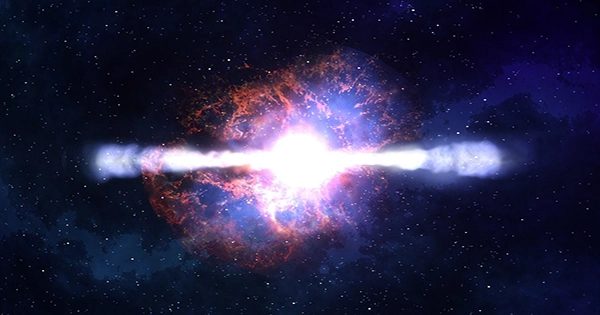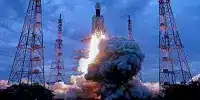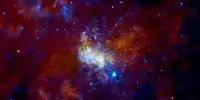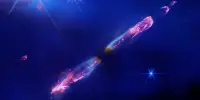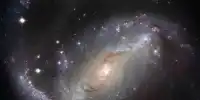When the double-binary star system HD74438 was found in 2017, it was a strange find. In a rare quadruple system, two pairs of very near binary stars circle each other. This is already amazing, but astronomers believe there is more to come. According to simulations, these types of setups might lead to a distinct and unusual sort of supernova. Every 20 days or so, one binary pair circles the other. Every four days, the other. HD74438 is the quadruple system with the shortest period, with each pair orbiting each other in around six years. With an estimated age of 43 million years, it is also the youngest. However, simulations published in Nature Astronomy focus on the system’s future rather than its past.
The eccentricity of the inner binary pair is shifting, causing the orbit to become less circular and more oval. According to models, this impact might result in one or more star collisions, and then white dwarfs exploding supernova. In a statement, co-author Associate Professor Karen Pollard of the University of Canterbury said, “A star like our Sun will end its life as a small dense dead star known as a white dwarf, and the mass of white dwarfs cannot go above the so-called Chandrasekhar limit (about 1.4 times the mass of the sun).”
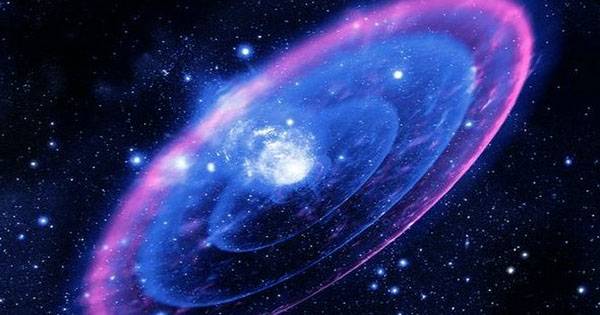
“If it does, it may collapse due to mass transfer or merging processes, resulting in a thermonuclear explosion. Surprisingly, white dwarfs with sub-Chandrasekhar masses are thought to be responsible for 70 percent to 85 percent of all thermonuclear supernovae. These white dwarf stars can explode as thermonuclear supernovae as a result of mass transfer or mergers.” Type Ia (pronounced one-A) thermonuclear supernovae are extremely essential for cosmological investigations. They have a same luminance when they burst, making those perfect standard candles.
Because the brightness of an object grows with its distance, you can work out how far away it is if you know the true luminosity of an event and compare it to the brightness you measure on Earth. While they are an important tool for estimating distances, they are hampered by our limited understanding. That is why it is critical to investigate these items. That’s not all, though. Quadruple stars make up a small fraction of all multiple star systems, therefore if they’re all bound to explode as supernovae, they’ll contribute to the formation of some of the universe’s heavy elements.
